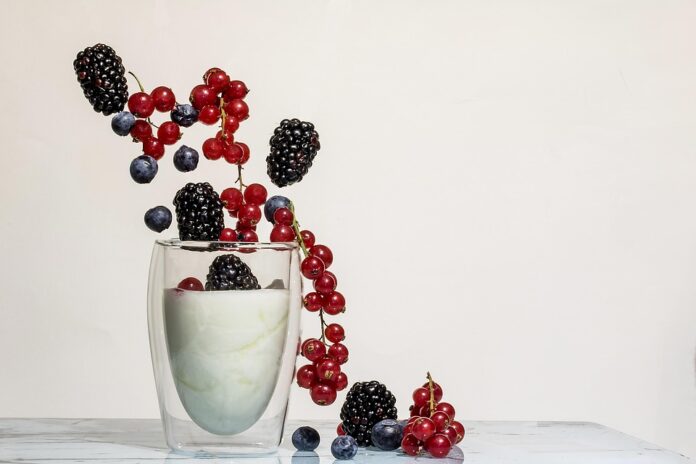Evolution of Yogurt Packaging: Trends in Portability, Portioning, and Sustainability
Yogurt packaging has come a long way over the years, evolving to meet the changing needs and preferences of consumers. In this report, we will explore how yogurt packaging has adapted to trends in portability, portioning, and sustainability, and how companies in the industry are responding to these demands.
Portability: Convenience on the Go
One of the key trends driving the evolution of yogurt packaging is the increasing demand for convenience and portability. With busy lifestyles and on-the-go snacking becoming more common, consumers are looking for yogurt packaging that is easy to grab and take with them wherever they go.
To meet this demand, many yogurt brands have introduced single-serve packages that are small and lightweight, making them perfect for tossing in a bag or lunchbox. These individual portions are not only convenient for consumers but also help to reduce food waste by allowing people to enjoy yogurt without having to worry about leftovers going bad.
In addition to single-serve packages, some companies have also started offering yogurt in innovative packaging formats, such as pouches or squeeze tubes. These formats are not only convenient for eating on the go but also reduce the amount of packaging waste generated compared to traditional plastic cups.
Portioning: Customizable and Controlled Servings
Another trend shaping yogurt packaging is the demand for customizable and controlled portion sizes. Many consumers are looking for yogurt packaging that allows them to easily portion out the amount they want to eat, whether it’s a small snack or a larger serving for a meal.
To meet this demand, some yogurt brands have introduced packaging with built-in portion control features, such as compartments or dividers that allow consumers to separate different ingredients or toppings. This not only makes it easier to customize their yogurt experience but also helps to reduce overeating and food waste.
In addition to portion control features, some companies have also started offering yogurt in larger containers that can be resealed after opening. This allows consumers to portion out the amount they want to eat and save the rest for later, reducing the need for single-use packaging and helping to minimize waste.
Sustainability: Eco-Friendly Packaging Solutions
As consumers become more conscious of their environmental impact, sustainability has become a major focus for many yogurt brands. Companies are increasingly looking for ways to reduce their carbon footprint and minimize the amount of packaging waste generated by their products.
One way that yogurt brands are addressing this issue is by using eco-friendly packaging materials, such as recyclable or compostable plastics, paperboard, or glass. These materials are not only better for the environment but also appeal to consumers who are looking for more sustainable options.
In addition to using eco-friendly materials, some companies are also exploring innovative packaging solutions, such as edible packaging or reusable containers. These approaches not only help to reduce waste but also provide a unique selling point for brands looking to differentiate themselves in a crowded market.
Industry Insights and Financial Data
The yogurt packaging market is a competitive and rapidly evolving industry, with companies constantly innovating to meet the changing needs of consumers. According to a report by Grand View Research, the global yogurt packaging market was valued at $3.2 billion in 2020 and is expected to reach $4.2 billion by 2028, growing at a CAGR of 3.7% during the forecast period.
Leading companies in the yogurt packaging market include Danone, General Mills, Chobani, Nestle, and Yoplait. These companies are investing in research and development to create packaging solutions that are more convenient, sustainable, and appealing to consumers.
Overall, the evolution of yogurt packaging is driven by trends in portability, portioning, and sustainability, as companies strive to meet the changing needs and preferences of consumers. By embracing these trends and investing in innovative packaging solutions, yogurt brands can stay competitive in a crowded market and appeal to a growing base of environmentally conscious consumers.




